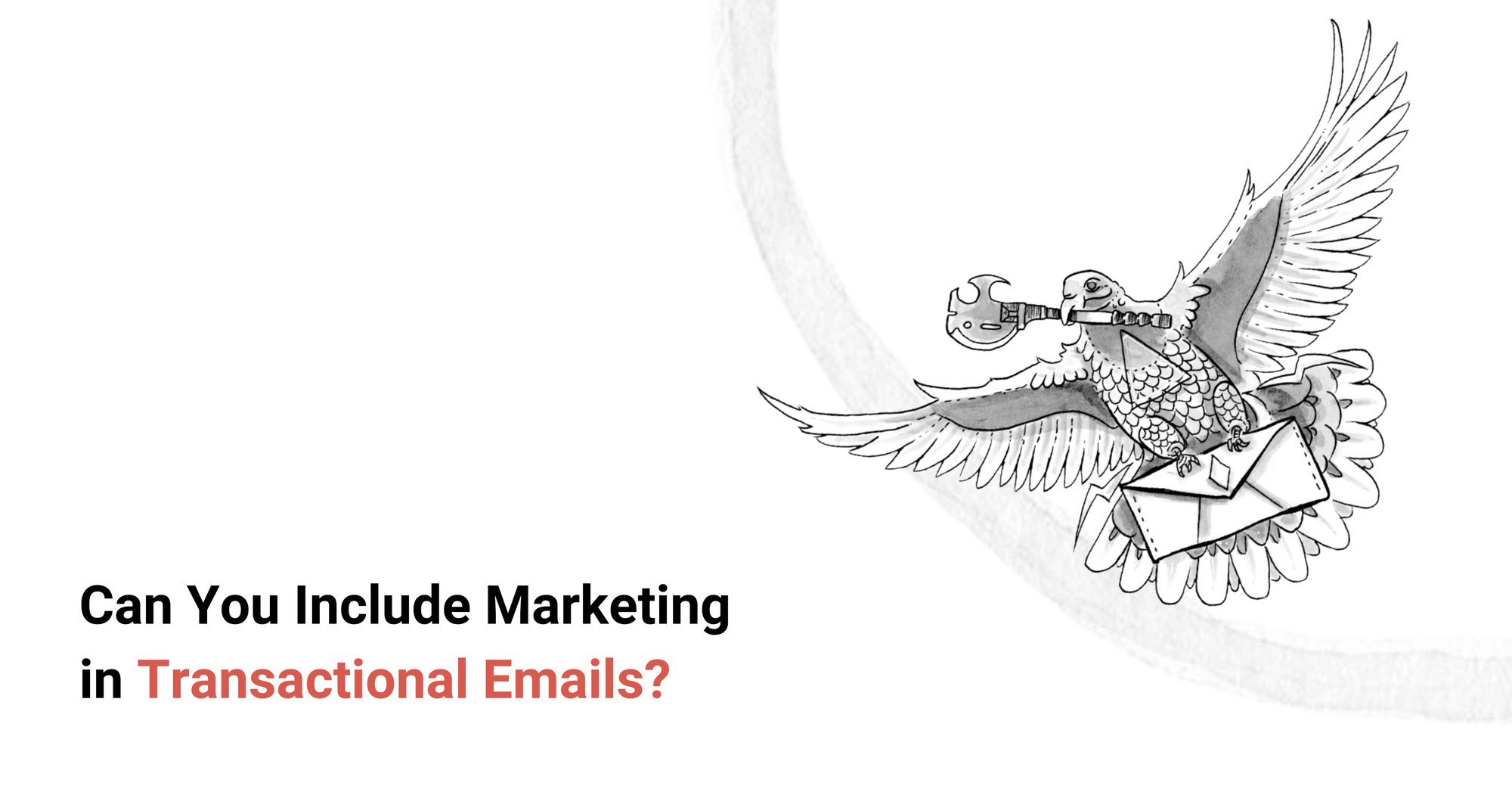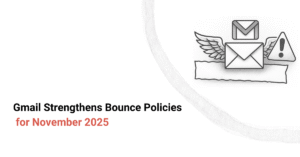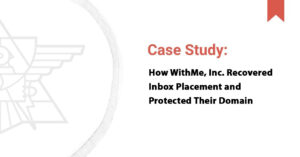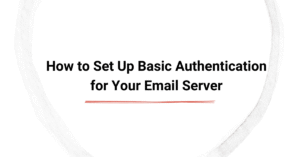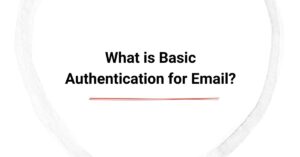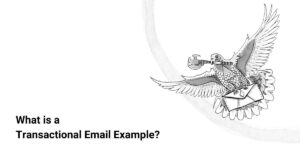Transactional emails play a significant role in communicating vital, action-based information to customers. They are reliable, often automated triggered emails based on a user’s actions, such as order confirmations, shipping updates, and account notifications. But what if you could make these emails work harder for you by adding marketing content? Can you include marketing in transactional emails? This is a critical question for businesses looking to maximize the impact of every communication sent to their customers.
While transactional emails are primarily designed for essential, non-promotional communication, many businesses have started to blend subtle marketing elements into these emails. However, adding promotional content to transactional emails requires careful attention to legal compliance and best practices. This article will guide you through the many ways of including marketing in transactional emails, focusing on compliance with regulations such as the CAN-SPAM Act and GDPR, as well as strategies to optimize engagement without harming your email deliverability.
If you want to enhance your transactional email performance and integrate marketing content effectively while staying compliant, this comprehensive guide will walk you through all you need to know.
Understanding Transactional Emails and Their Purpose
Before exploring the legalities and best practices of adding marketing to transaction emails, it's essential to understand what transactional emails are and their core function. These emails are integral to customer communication, providing critical information that supports their actions.
What Are Transactional Emails?
Transactional emails are automated messages sent to a customer based on specific user actions. These emails typically fulfill a specific need and are necessary for the customer's experience with your business.
Here are some common transactional email examples:
- Order Confirmations: Sent after a purchase to confirm the details of the transaction.
- Shipping Notifications: Notifying the customer that their order has been shipped and providing tracking information.
- Password Resets: Triggered when a user requests to change their password, often with an expiration time for security purposes.
- Account Notifications: Alerts like subscription renewals, billing issues, or security alerts (e.g., a login attempt from a new device).
These emails are meant to provide clarity and efficiency to the customer’s experience, not to sell additional products or services. Their purpose is clear: to convey essential information about user actions.
How Do Transactional Emails Differ from Marketing Emails?
Transactional emails differ significantly from marketing emails in terms of their goals and the legal requirements surrounding them. Here’s a quick comparison:

Transactional emails are more about fulfilling the customer’s expectations and providing service, while marketing emails are aimed at increasing sales or engagement.
Can You Legally Include Marketing in Transactional Emails?
Now, the question arises: Can you legally include marketing in transactional emails? The short answer is yes, but only under specific circumstances. While there is no outright ban on marketing in transactional emails, doing so requires careful attention to compliance with email regulations, such as the CAN-SPAM Act, GDPR, and CASL.
Compliance with Email Regulations
CAN-SPAM Act (U.S.)
The CAN-SPAM Act (Controlling the Assault of Non-Solicited Pornography and Marketing Act) regulates commercial emails in the U.S. While CAN-SPAM permits marketing content in transactional emails, the primary purpose of the email must still be transactional. In other words, while it’s allowed to include a marketing message, the primary message must still provide necessary information based on the user's actions.
Key requirements under CAN-SPAM for transactional emails that include marketing:
- Clear opt-out mechanism: Recipients must have the option to manage their email preferences or unsubscribe from future marketing emails.
- No misleading subject lines or sender information: The subject line and sender details must accurately reflect the email content.
- Physical business address: Every email must include a valid, physical address for the sender.
GDPR (EU)
Under GDPR (General Data Protection Regulation), which applies to businesses operating in the European Union, consent plays a much larger role. When you add marketing content to a transactional email, you are mixing two types of communication: one that’s essential and one that is promotional. GDPR requires explicit consent from recipients for marketing emails.
In this case, while transactional emails do not require explicit consent under GDPR, promotional content in those emails could be problematic unless you’ve clearly obtained consent for marketing communication as part of your original user agreement.
CASL (Canada)
In Canada, the Canadian Anti-Spam Law (CASL) requires that any marketing content included in an email must have express consent from the recipient. While transactional emails are exempt from some requirements under CASL, if you include marketing content, you need to have documentation showing that the user opted in for such messages.
Best Practices for Staying Compliant
Given these regulations, the following best practices should be followed when adding marketing content to transactional emails:
- Separate transactional and commercial content clearly: Ensure that the transactional email content remains the primary focus, with marketing elements placed in a clearly defined section (like the footer).
- Provide an opt-out option: Even if the content is predominantly transactional, any marketing or promotional content must include a way for recipients to opt out of future marketing emails.
- Transparency in subject lines: Be transparent about the content of the email, especially when marketing is included. Subject lines should reflect the nature of the content, even if it includes a subtle marketing message.
Best Ways to Include Marketing in Transactional Emails
When done correctly, including marketing content in transactional emails enhance the customer journey and boost engagement without compromising compliance. Here are several effective strategies:
Subtle Marketing Strategies
Rather than bombarding customers with excessive promotional content, use these subtle marketing tactics to add value to transactional emails:
- Personalized Product Recommendations: Based on a customer’s purchase history, suggest related or complementary products. For instance, if a customer buys a laptop, recommend accessories like a laptop bag or wireless mouse.
- Loyalty Program Reminders: If your business offers a loyalty program, include a brief reminder of how many points the customer has accumulated or highlight special rewards they can redeem.
- Referral Incentives: Add a small, non-intrusive reminder about referral programs. For example, “Refer a friend and earn 20% off your next purchase!” can be an effective and subtle marketing message.
Optimizing for Engagement Without Being Spammy
If you don’t want your transactional emails to be overloaded with marketing content, consider the following:
- Keep marketing minimal: A single line or banner that doesn’t detract from the primary transactional purpose can be a good way to include marketing content. For example, “Enjoy 10% off your next order with code THANKYOU.”
- Use dynamic content: Personalization is key. Tailor the marketing content to the recipient’s preferences, previous purchases, or browsing history to drive higher open rates and stronger engagement.
- Value-focused content: Always ensure that marketing messages provide value. Offering a personalized discount or highlighting a product that complements a recent purchase adds relevance and improves customer experience.
Common Mistakes to Avoid
Even with the best of intentions, businesses can make mistakes when adding marketing content to transactional emails. Here are some common errors to avoid:
Overloading Transactional Emails with Promotions
Risks: Too much marketing content can overwhelm customers, lead to higher unsubscribe rates, and impact your email deliverability.
Solution: Keep a good balance—80/20 rule—80% of the content should be transactional, while only 20% should include marketing elements. This ensures that the email remains primarily informative and valuable to the customer.
Failing to Follow Compliance Guidelines
Risks: N

